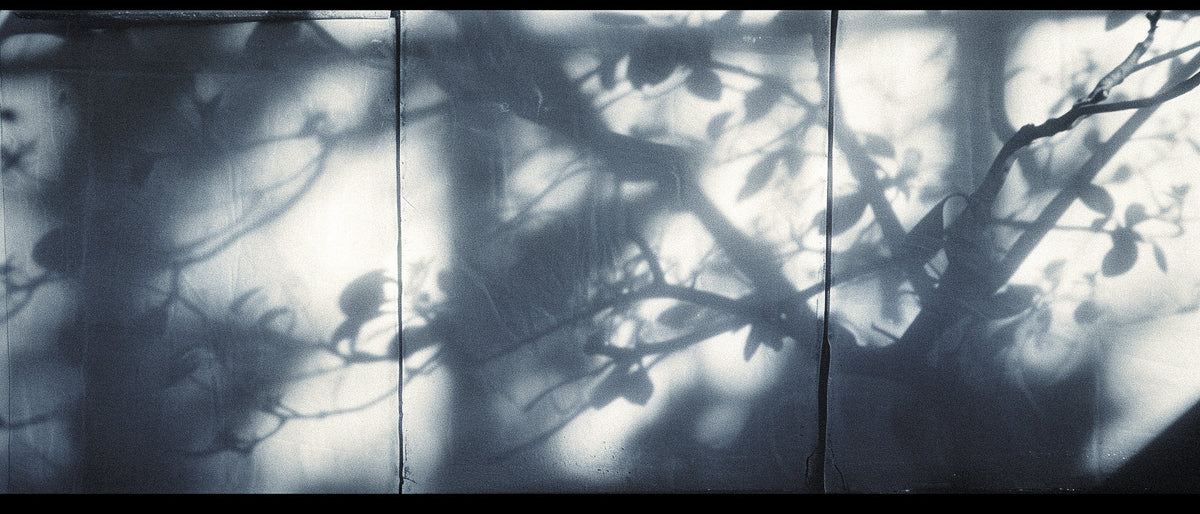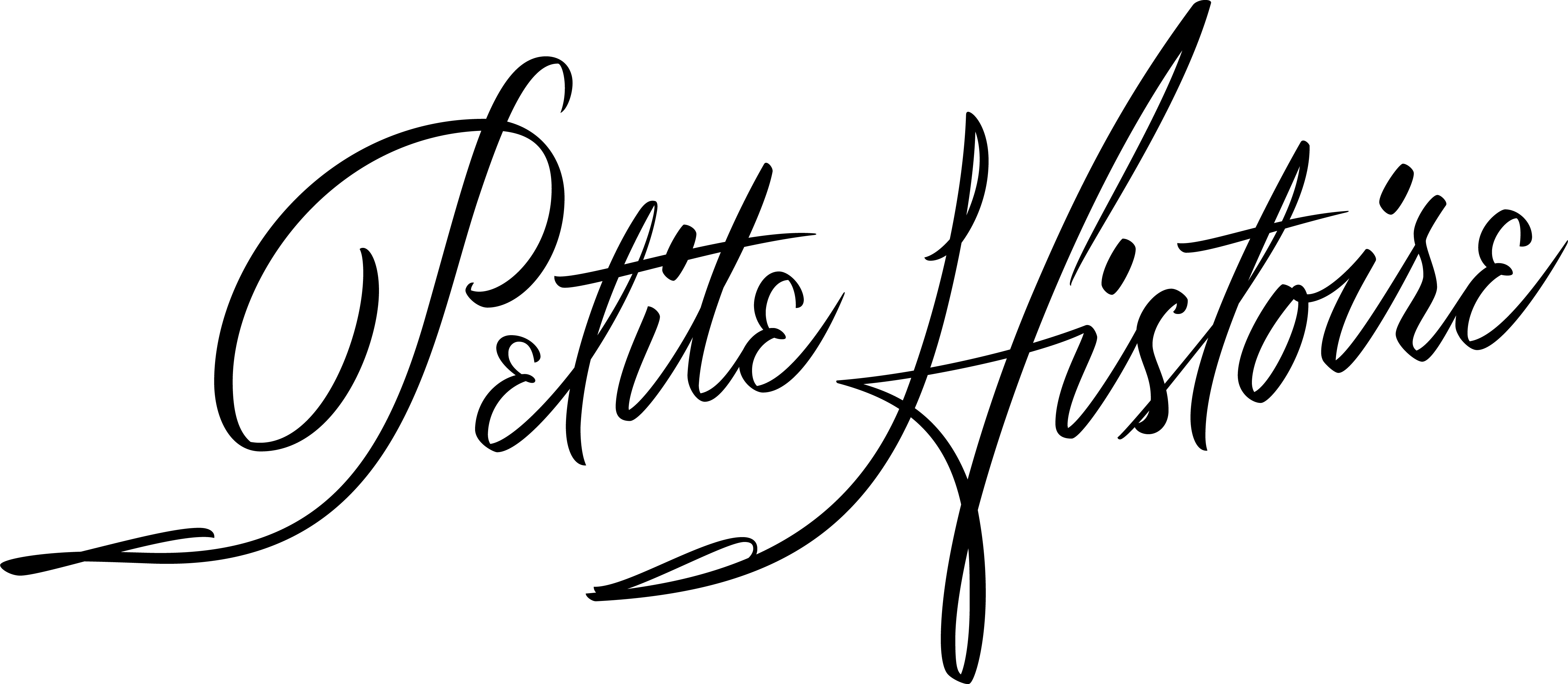
Molecular Hauntings: Perfume as Unintentional Historical Archive
|
|
Time to read 10 min


|
|
Time to read 10 min
Have you ever held an antique perfume bottle and wondered about the stories it could tell? That ornate glass vessel sitting on your grandmother’s vanity isn’t just a pretty container—it’s an unintentional time capsule, preserving molecular information that scientists can now decode to reveal fascinating insights about the past.
In the world of fragrance, particularly within niche fragrance and natural perfume communities, there’s growing recognition that perfumes serve as accidental historical archives. These bottled scents contain chemical signatures that tell us about agricultural practices, environmental conditions, and even cultural values of bygone eras. It’s like finding a diary written in the language of molecules.
When we think about historical preservation, we typically imagine climate-controlled rooms filled with ancient documents or artifacts carefully protected behind glass. But what about preserving smells? The very nature of scent—ephemeral, invisible, yet powerfully evocative—makes it seem impossible to capture and study historically.
Yet modern science has developed sophisticated tools that allow researchers to analyze the molecular composition of vintage fragrances. Using techniques like gas chromatography-mass spectrometry (GC-MS) and nuclear magnetic resonance (NMR), scientists can identify the exact compounds present in decades-old perfume bottles.
Imagine a laboratory where a researcher carefully extracts a tiny sample from a 1920s perfume. The sample goes into a machine that separates and identifies each molecule. What emerges isn’t just a list of chemicals—it’s a snapshot of a particular moment in agricultural and perfumery history.
“These analyses reveal so much more than just what made a perfume smell good,” explains a conservation scientist at a leading research institution. “They tell us about the quality of the rose harvests that year, whether the sandalwood came from old-growth trees, and even what extraction methods were popular at the time.”
For those interested in natural perfume, these historical analyses are particularly valuable. Natural ingredients vary based on growing conditions, and their molecular signatures can reveal information about climate patterns, soil conditions, and farming practices from decades or even centuries ago.
The world of niche fragrance has long celebrated the artistry and craftsmanship behind perfume creation. Now, we can add historical documentation to the list of things that make these scents special.
Consider a bottle of perfume from the 1950s. Analysis might reveal high concentrations of nitro-musks—synthetic compounds that were popular during that era but have since been restricted due to environmental concerns. This tells us not just about perfumery trends, but about the broader relationship between chemistry, commerce, and environmental awareness.
Or examine a natural perfume from the early 1900s and you might find botanical compounds that came from plants now endangered or extinct. The molecular composition might reveal varieties of flowers that were common then but have since been replaced by more commercially viable cultivars.
Even the base materials—the alcohol, fixatives, and preservatives—tell stories about technological capabilities and cultural preferences. A perfume from Prohibition-era America might contain different types of alcohol than one from the same period in France, reflecting both legal restrictions and available resources.
For collectors of niche cologne and vintage fragrances, this adds another dimension to their passion. That bottle isn’t just a beautiful object or a pleasant scent—it’s a historical document waiting to be read.
To understand how fragrances preserve history in unexpected ways, consider the curious case of artificial banana flavoring—a perfect parallel to what happens in the world of perfumery.
Have you ever noticed that banana-flavored candy doesn’t really taste like the bananas we eat today? There’s a fascinating historical reason for this discrepancy that perfectly illustrates how scents and flavors can become unintentional archives.
The artificial banana flavor we know today—that distinctive taste in banana Runts, Laffy Taffy, and other candies—was created to mimic a variety of banana that most people today have never tasted: the Gros Michel or “Big Mike” banana.
Until the 1950s, Gros Michel was the dominant banana export worldwide. It was sweeter, creamier, and more flavorful than today’s standard Cavendish banana. When food scientists created artificial banana flavoring in the late 19th century, they based it on the Gros Michel’s flavor profile, with its high concentration of isoamyl acetate, the chemical compound primarily responsible for banana flavor.
Then disaster struck. A fungal disease called Panama disease swept through global banana plantations in the mid-20th century, devastating the Gros Michel crop. By the 1960s, commercial banana growers had switched almost entirely to the Cavendish variety—the banana most of us know today—which was resistant to the disease but has a different flavor profile with less isoamyl acetate.
The result? Our artificial banana flavoring now preserves the taste of a nearly extinct banana variety. When you eat banana-flavored candy, you’re experiencing a flavor from the past—a taste that has outlived its natural inspiration.
This banana paradox perfectly parallels what happens with perfumes. Just as artificial banana flavor preserves the memory of the Gros Michel, vintage perfumes preserve molecular information about ingredients that may have changed or disappeared. A rose absolute from 1930 contains the molecular signature of rose varieties and growing conditions that may no longer exist. The non toxic perfume movement of today often seeks to recreate these historical profiles using modern, safer ingredients.
In both cases—bananas and perfumes—the artificial or preserved version becomes an unintentional archive of something natural that has been lost or transformed by time.
Recognizing the historical value of scents, the European Union has funded an ambitious project called ODEUROPA, which aims to identify, recreate, and preserve historically significant smells from European history.
This interdisciplinary team of researchers uses artificial intelligence to scan historical texts for descriptions of smells, then works with chemists and perfumers to recreate these scents. Their work ranges from the smell of a 16th-century Amsterdam canal to the scent of coal smoke that once permeated industrial cities.
The project highlights how natural perfume ingredients have changed over time due to environmental factors, agricultural practices, and extinction events. By recreating historical scents, researchers can better understand these changes and preserve knowledge that might otherwise be lost.
For enthusiasts of niche fragrance, projects like ODEUROPA offer fascinating insights into how perfumery has evolved. Many niche perfumers draw inspiration from historical formulations, attempting to recreate scent profiles from different eras using both traditional and modern ingredients.
The growing interest in natural perfumes isn’t just about avoiding synthetic chemicals—it’s also about connecting with traditional methods and ingredients that have historical significance.
Natural perfume ingredients carry environmental information in their molecular structure. The chemical composition of essential oils varies based on soil conditions, weather patterns, and agricultural practices. This means that a rose oil from 1950s Bulgaria contains different molecular markers than one produced in the same region today.
Climate change researchers have begun to recognize the value of historical perfume ingredients as environmental records. By analyzing the chemical composition of vintage natural perfumes, scientists can gather data about environmental conditions from decades past.
“It’s like tree rings or ice cores,” explains an environmental researcher. “These botanical ingredients contain information about the conditions under which they grew. When we analyze vintage perfumes, we’re accessing environmental data that wasn’t deliberately recorded but was preserved nonetheless.”
This makes vintage bottles of natural perfumes particularly valuable for scientific research. A collection of perfumes spanning several decades can provide insights into how environmental conditions have changed over time.
For consumers interested in non toxic perfume options, understanding this historical dimension adds another layer of appreciation. When you choose all natural perfume products, you’re not just making a choice about what goes on your skin—you’re participating in a tradition that has inadvertently preserved environmental information for generations.
Every bottle of niche cologne contains what might be called “molecular ghosts”—traces of ingredients, production methods, and environmental conditions that tell stories about the time and place of its creation.
These molecular signatures are particularly pronounced in vintage fragrances, where the passage of time has allowed for chemical changes that themselves become part of the historical record. The way a perfume ages—which notes fade first, which compounds break down or transform—tells us about its composition and quality.
For collectors of niche fragrance, this adds another dimension to the appreciation of vintage scents. That bottle from the 1970s isn’t just a nostalgic reminder of a particular scent profile—it’s a time capsule containing molecular information about agricultural practices, pollution levels, and manufacturing techniques from that era.
Even modern niche cologne productions often deliberately reference historical formulations. Many boutique perfumers pride themselves on using traditional extraction methods and sourcing ingredients from specific terroirs, creating contemporary fragrances that nonetheless preserve aspects of perfumery history.
This historical dimension is part of what makes the world of niche fragrance so fascinating. Each bottle contains not just a beautiful scent but a connection to perfumery traditions and environmental conditions that span generations.
As analytical techniques become more sophisticated, our ability to extract historical information from vintage perfumes will only improve. Researchers are developing methods to analyze ever-smaller samples, allowing for the study of rare or precious fragrances without significantly depleting them.
This emerging field of “fragrance archaeology” promises to reveal new insights about historical perfumery practices, agricultural conditions, and even cultural values as expressed through scent preferences.
For contemporary perfumers, especially those working with natural perfume ingredients, this research provides valuable information about how formulations have changed over time. By understanding the molecular composition of vintage perfumes, today’s artisans can recreate historical scent profiles or develop new interpretations informed by tradition.
The non-toxic perfume movement, which emphasizes safer, more sustainable ingredients, benefits particularly from this historical research. By understanding how perfumers of the past achieved certain effects using natural materials, today’s creators can develop new formulations that honor tradition while meeting modern safety standards.
As consumers become more interested in the stories behind their fragrances, this historical dimension adds value to both vintage and contemporary scents. A niche fragrance that consciously references historical formulations or ingredients carries cultural significance beyond its immediate sensory appeal.
While scientists focus on analyzing vintage perfumes from decades past, we’re all creating potential fragrance archives in our own collections. The bottle of natural perfume on your dresser today may someday provide valuable information about early 21st-century agricultural practices, extraction methods, and scent preferences.
To preserve your fragrances for future appreciation (and potential research), store them properly:
Keep bottles in a cool, dark place away from direct sunlight
Avoid exposure to extreme temperature fluctuations
Keep caps tightly sealed to prevent oxidation
Consider transferring partially used bottles to smaller containers to minimize air exposure
For collectors of niche fragrance, proper storage isn’t just about maintaining the scent for personal enjoyment—it’s about preserving these unintentional historical documents for future generations.
The recognition of perfumes as unintentional historical archives adds a fascinating dimension to our appreciation of fragrance. That bottle of natural perfume isn’t just a beautiful scent—it’s a time capsule containing molecular information about a specific moment in agricultural and perfumery history.
For enthusiasts of niche fragrance, this historical dimension enriches the experience of both vintage and contemporary scents. Each bottle contains not just artfully combined ingredients but traces of environmental conditions, agricultural practices, and cultural values from its time of creation.
As analytical techniques continue to advance, our ability to “read” these molecular archives will only improve, revealing new insights about our olfactory heritage. The next time you open a bottle of perfume, remember that you’re not just experiencing a pleasant scent—you’re connecting with a piece of history preserved in molecular form.
In a world where so much changes so quickly, there’s something profoundly moving about these unintentional archives. Long after the perfumer has gone, long after the fashion of the era has passed, these molecular ghosts remain, telling stories about the world that created them.
Bembibre, C., & Strlič, M. (2017). Smell of heritage: A framework for the identification, analysis and archival of historic odours. Heritage Science, 5(1), 1-11. https://doi.org/10.1186/s40494-016-0114-1
Turin, L. (2006). The Secret of Scent: Adventures in Perfume and the Science of Smell. Faber & Faber.
Reinarz, J. (2014). Past Scents: Historical Perspectives on Smell. University of Illinois Press.
Spence, C. (2020). Using ambient scent to enhance well-being in the multisensory built environment. Frontiers in Psychology, 11, 598859. https://doi.org/10.3389/fpsyg.2020.598859
Herz, R. S. (2016). The role of odor-evoked memory in psychological and physiological health. Brain Sciences, 6(3), 22. https://doi.org/10.3390/brainsci6030022
Berenstein, N. (2018). Artificial flavors are making a comeback. Popular Science. https://www.popsci.com/artificial-flavors-comeback/
Koehler, J., & Leonhardt, S. D. (2020). Bees and flowers: How to feed an invasive alien species. Ecology and Evolution, 10(13), 6422-6430. https://doi.org/10.1002/ece3.6379
Barwich, A. S. (2020). Smellosophy: What the Nose Tells the Mind. Harvard University Press.
Aftel, M. (2014). Fragrant: The Secret Life of Scent. Riverhead Books.
Ellena, J. C. (2012). Perfume: The Alchemy of Scent. Arcade Publishing.
Dove, R. (2021). Natural Perfumery: Sustainable Practices and Market Growth. Journal of Sustainable Luxury, 7(1), 45-59.
Henshaw, V. (2013). Urban Smellscapes: Understanding and Designing City Smell Environments. Routledge.
Shepherd, G. M. (2004). The human sense of smell: Are we better than we think? PLOS Biology, 2(5), e146. https://doi.org/10.1371/journal.pbio.0020146
Classen, C., Howes, D., & Synnott, A. (1994). Aroma: The Cultural History of Smell. Routledge.
ODEUROPA Project. (2021). Negotiating Olfactory and Sensory Experiences in Cultural Heritage Practice and Research. https://odeuropa.eu/